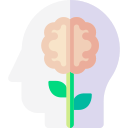Body Scan Meditation Guide: Tune Into Your Whole Self
Welcome, friend. Today we slow down, listen inward, and befriend the body—one breath, one sensation at a time. Expect clarity, warmth, and practical steps you can use immediately. Our chosen theme today: Body Scan Meditation Guide.
Body scanning strengthens interoception—the brain’s ongoing map of internal signals like pressure, temperature, and tension. Research links interoceptive awareness with emotional regulation, improved decision-making, and lower stress. You are literally practicing better listening to your body’s quiet, life-shaping messages.
What Is a Body Scan and Why It Works
When the mind loops on worries, the body mirrors tension. Shifting attention into the soles, calves, belly, or jaw interrupts that loop. Sensations anchor presence, downshifting sympathetic arousal and inviting calm. Try it now; notice one area, breathe, and let it be exactly as it is.
What Is a Body Scan and Why It Works
Preparing Your Space and Posture
Dim the lights, silence notifications, and choose a temperature that lets your body relax without fidgeting. A blanket or eye mask can help reduce distraction. Consider a simple ritual—lighting a candle or taking three slow breaths—to tell your mind this is dedicated time for awareness.
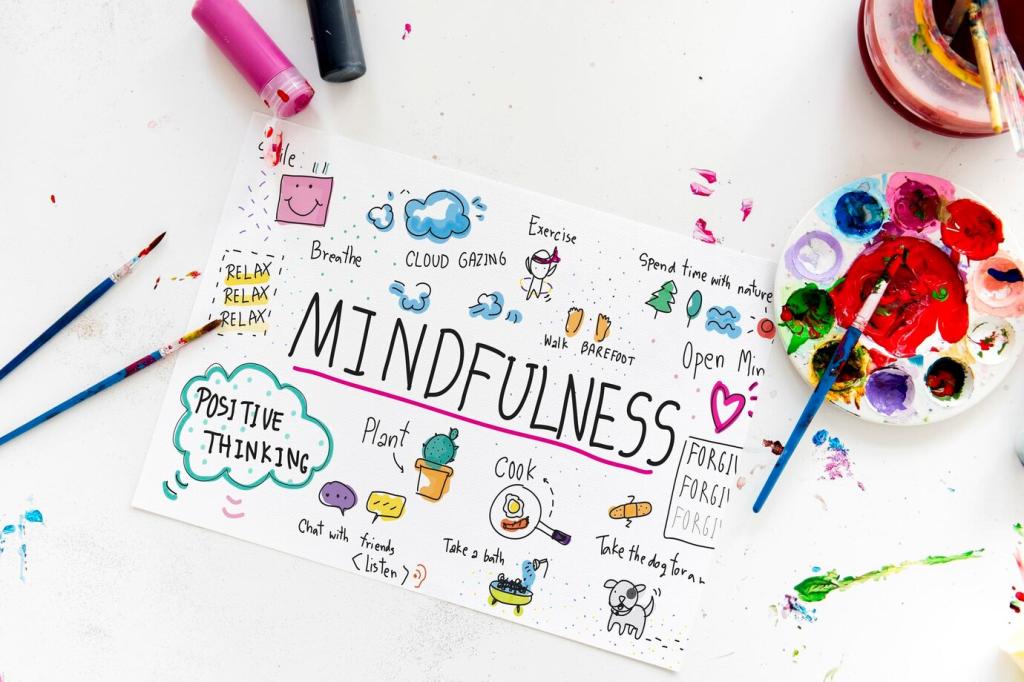
Close your eyes or soften your gaze. Feel the contact points—heels, legs, seat, back. Let the breath be natural. On exhales, imagine settling deeper into support. Name sensations simply: warm, cool, tingling, pressure, neutral. If the mind wanders, smile gently and return to feeling.
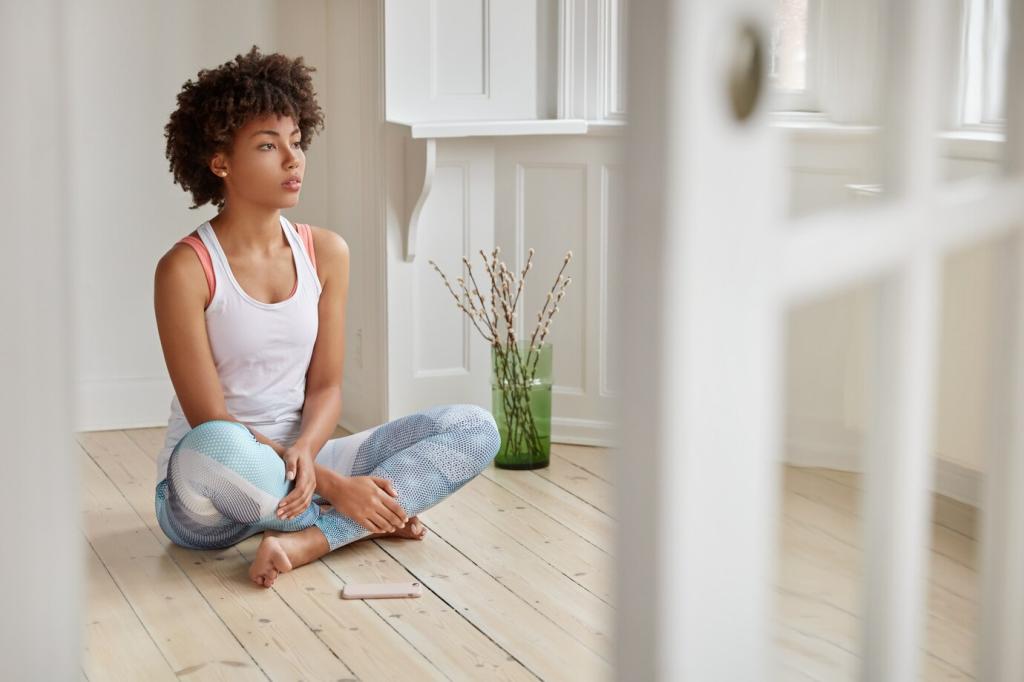
Bring awareness to toes, soles, arches, heels, ankles, and shins. Sweep attention like sunlight moving slowly across a room. If sensation is faint, linger; if intense, widen attention to include the breath. Continue to calves and knees, labeling sensations with kindness and letting them be.
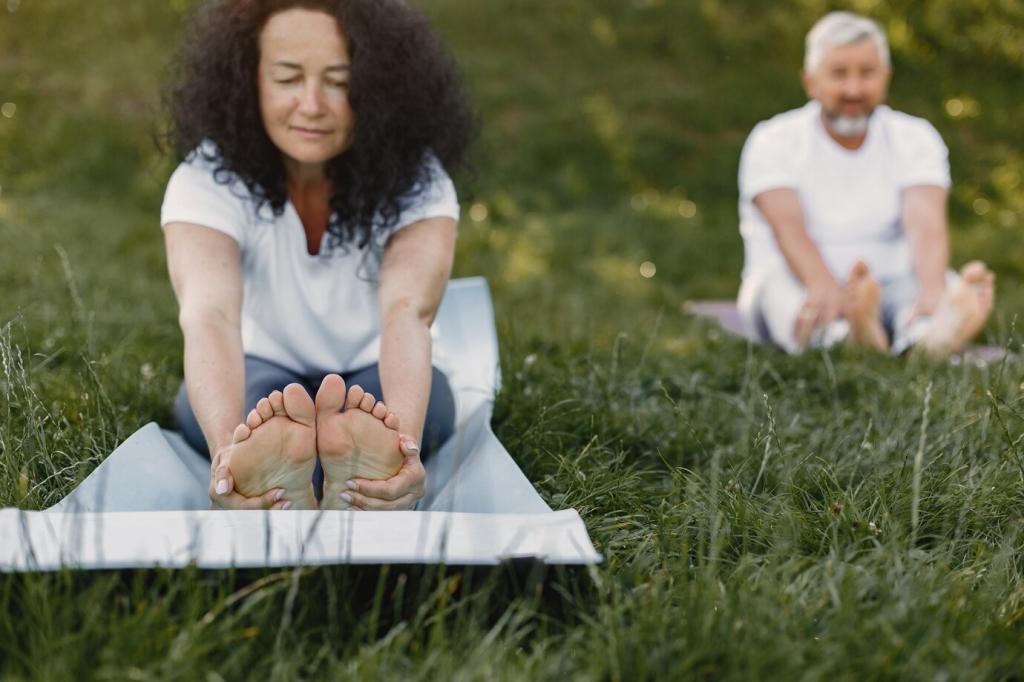
Move into thighs, hips, and pelvis; sense the weight and breath’s subtle rocking. Travel up the belly, ribs, chest, and heart area, meeting whatever is present. Include lower back, upper back, shoulders, neck, and jaw. Finish at the scalp, then rest in whole-body awareness for several breaths.
Working with Common Challenges
It is normal to feel very little at first. Try micro-movements, like wiggling toes slightly, then pausing to notice echoes. Imagine breathing directly into the area, widening attention to include nearby regions. Keep notes on what helps, and share your tips so others can experiment too.
Working with Common Challenges
If you get fidgety, slow down and label the restlessness kindly. If sleepy, open your eyes slightly or try a seated posture. Shorten sessions and increase frequency. Consider practicing earlier in the day. Tell us which posture keeps you alert while still allowing softness and steady attention.
Working with Common Challenges
When pain arises, replace force with permission. Soften around edges and include broader body areas to dilute intensity. For emotions, name them—sadness, fear, anger—and anchor in the breath. You can always shift to a neutral zone like hands or feet. Your safety leads; curiosity follows.
Micro-Scans at Your Desk
Between emails, spend sixty seconds traveling attention from jaw to shoulders to hands. Notice your breath, posture, and any clenching. Release one percent of unnecessary effort. If this helps, drop a comment with your favorite micro-scan cue so others can try it during their day.
Transition Rituals
Use transitions—doorways, elevators, car seats—as invitations to scan. Three breaths, feel the feet, soften the belly, and check shoulders. Rituals tie awareness to routine. If a doorway habit works for you, share it and invite a friend to try the same simple practice today.
Before Sleep
A slow body scan can ease racing thoughts and reduce nighttime tension. Start at the toes and imagine exhaling heaviness down through the mattress. Keep attention gentle and non-fixing. Track your sleep quality for a week and let us know what changed, even slightly, in how you rest.
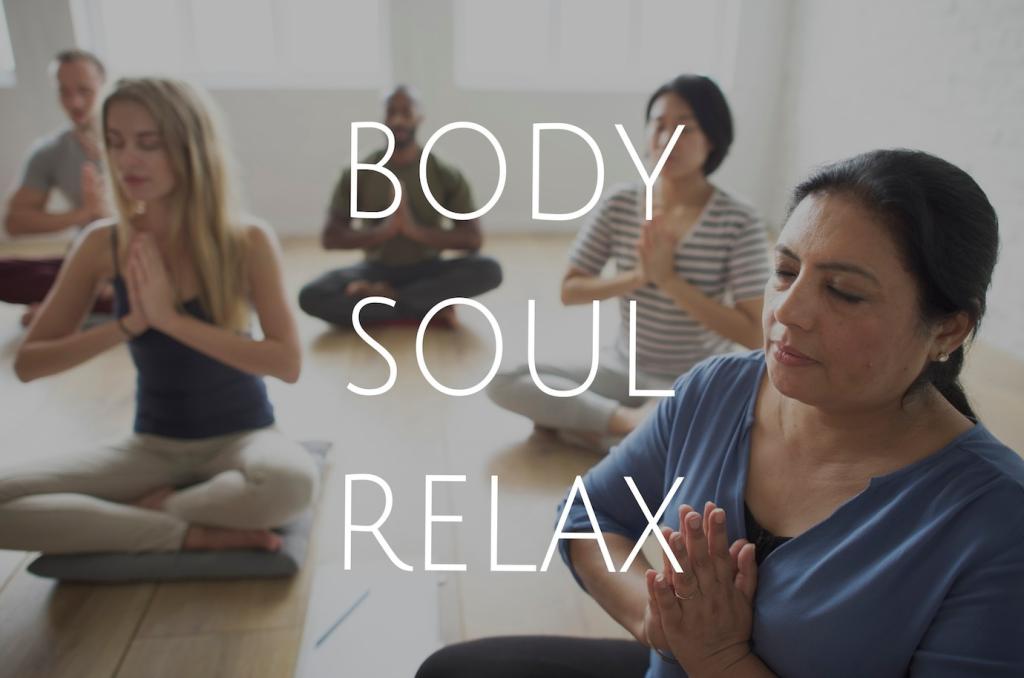
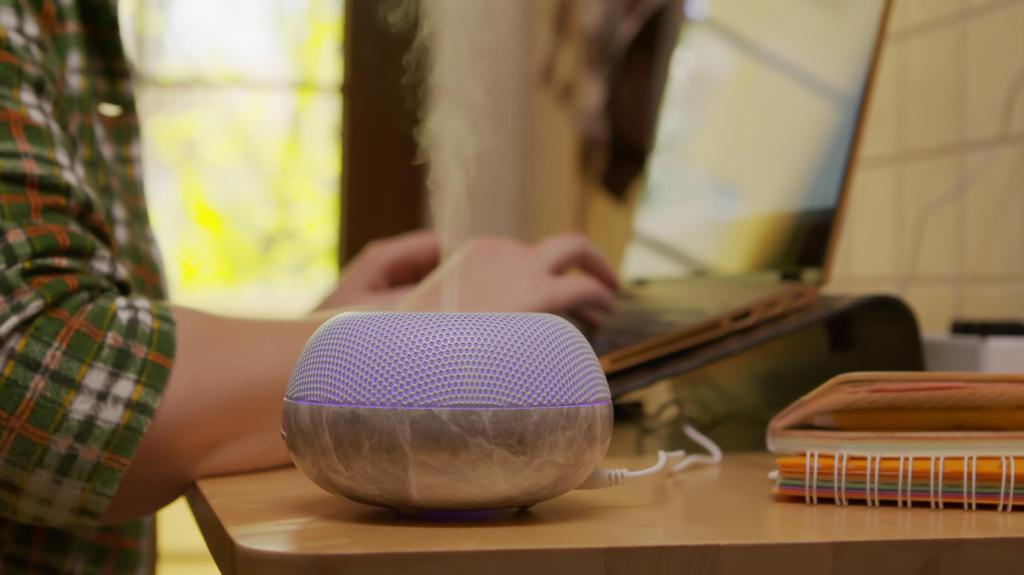
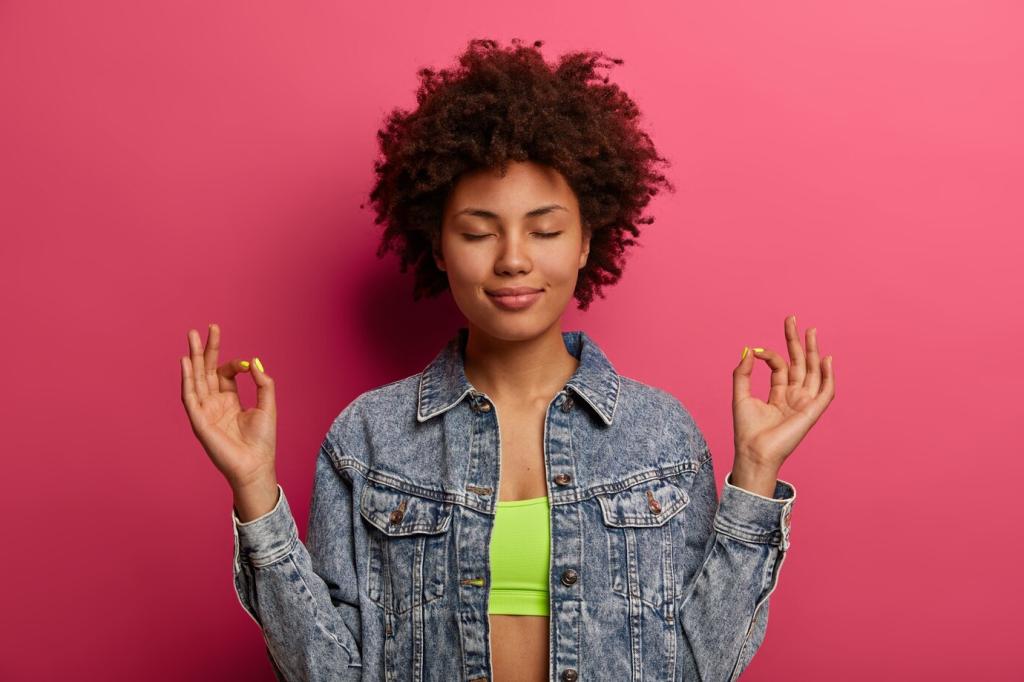
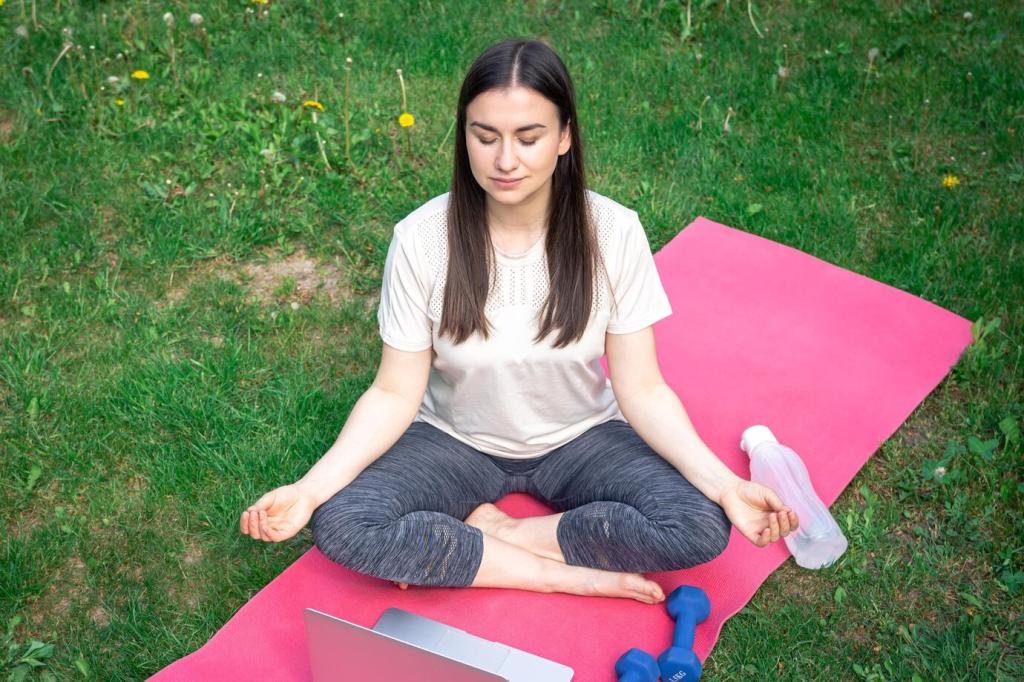
Track Progress and Stay Motivated
A Simple Practice Log
Record date, duration, posture, and one sensation you noticed. Add a one-line mood check before and after. Patterns emerge, motivation rises, and resistance shrinks. Post your favorite tracking method below, and subscribe to receive printable templates and gentle weekly reminders to keep going.
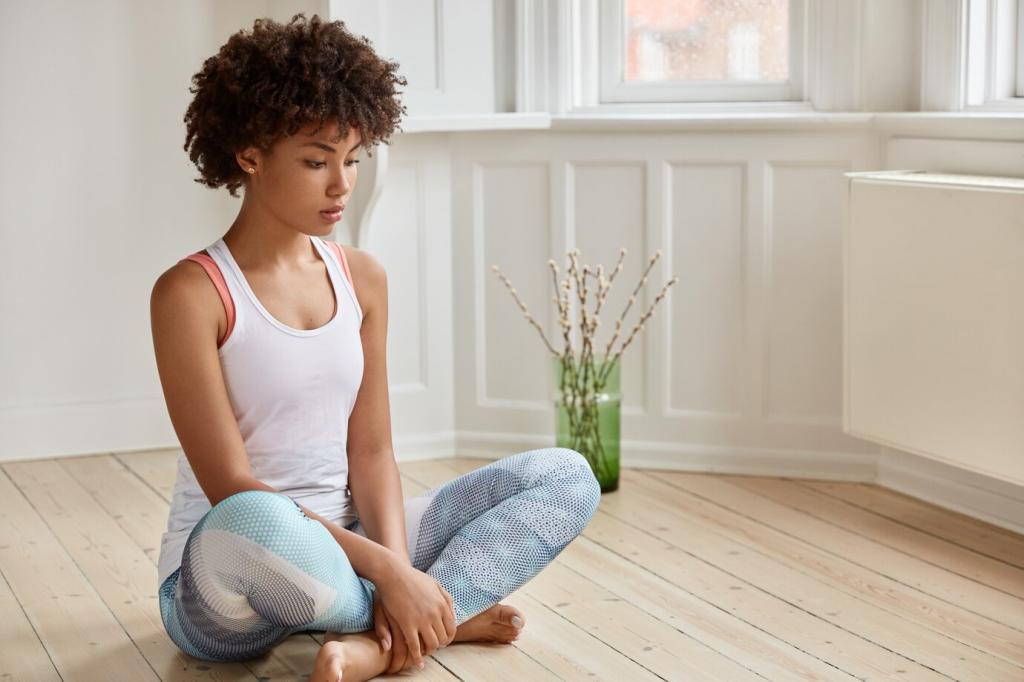
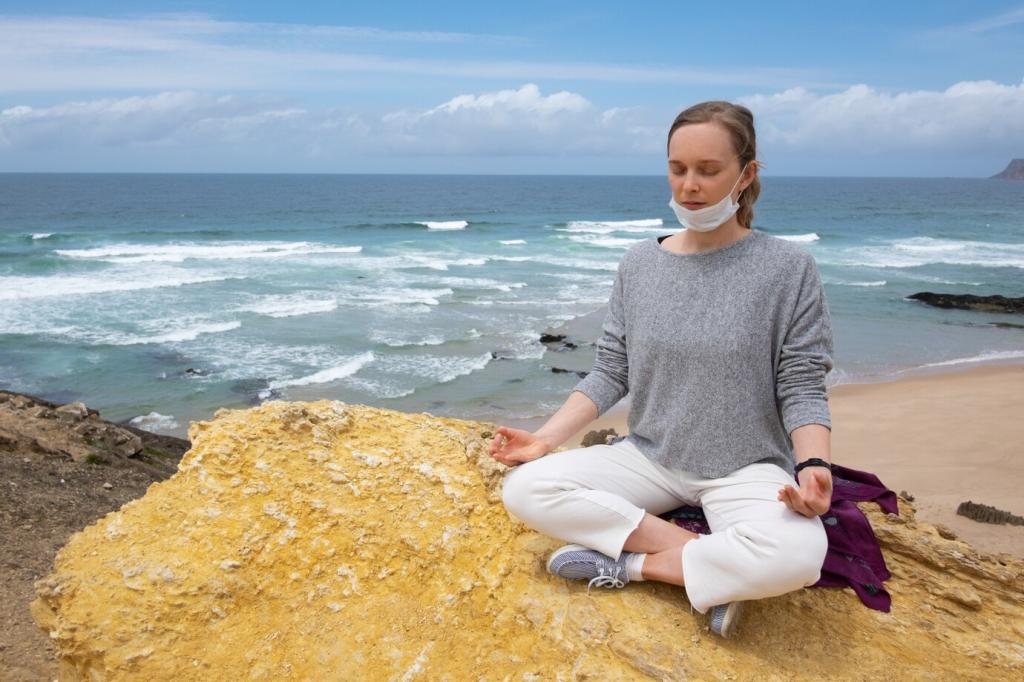
Community and Accountability
Invite a friend to share a weekly check-in: what worked, what wobbled, and one intention. Community normalizes the messy parts of practice. Comment if you want an accountability buddy, and we will connect readers who share similar schedules and goals for kind, consistent support.
Join our mailing list
